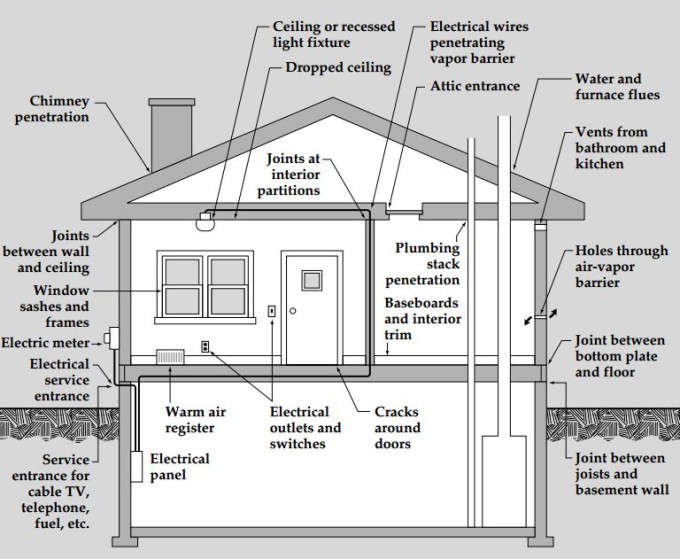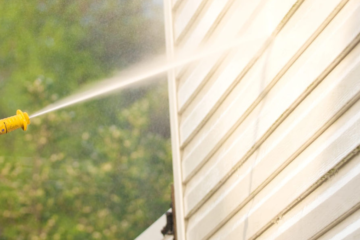Here are some great winter preparation tips from our friends at the U.S. Department of Energy (DOE):
Warmed or air-conditioned air mixes with outside air through gaps in your home’s thermal envelope—exterior walls, windows, doors, the roof, and floors. Such air leaks can waste large amounts of energy.
Most experts agree that caulking and weather stripping any gaps will pay for itself within one year in energy savings. Caulking and weather stripping will also alleviate drafts and help your home feel warmer when it’s cold outside. However, these two weatherization techniques can’t replace the need for proper insulation throughout your home.
Detecting air leaks
You may already know where some air leakage occurs in your home, such as an under the-door draft that makes you want to put on socks. But you’ll probably need to search to find the less obvious gaps.Look at areas where different materials meet, like between brick and wood siding, between foundation and walls, and between the chimney and siding. Also inspect around the followingfor any cracks and gaps that could cause air leaks:
• Door and window frames
• Mail chutes
• Electrical and gas service entrances
• Cable TV and phone lines
• Outdoor water faucets
• Where dryer vents pass through walls
• Bricks, siding, stucco, and foundation
• Air conditioners
• Vents and fans.
Read the rest of this article here:



0 Comments